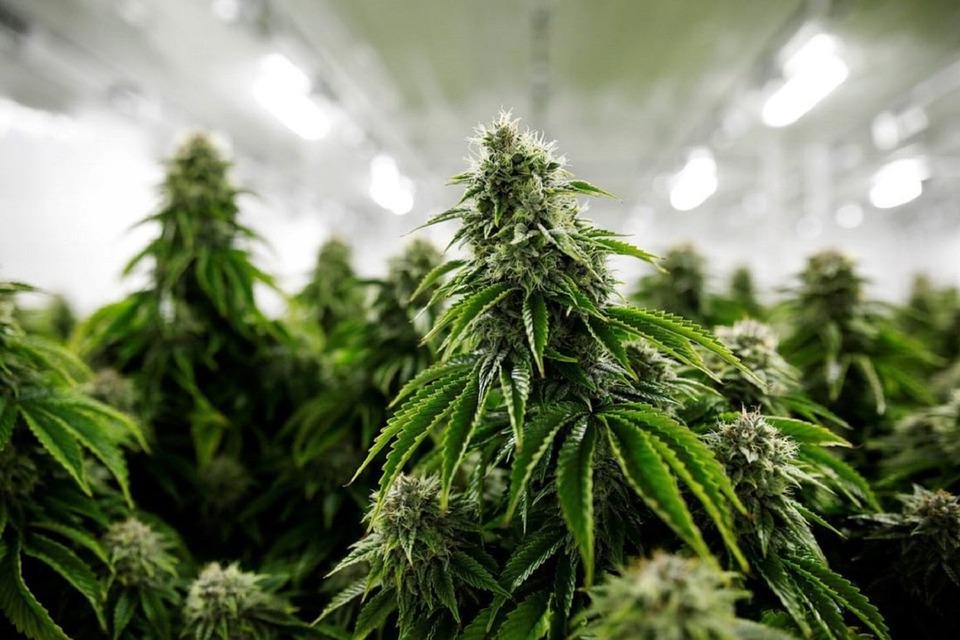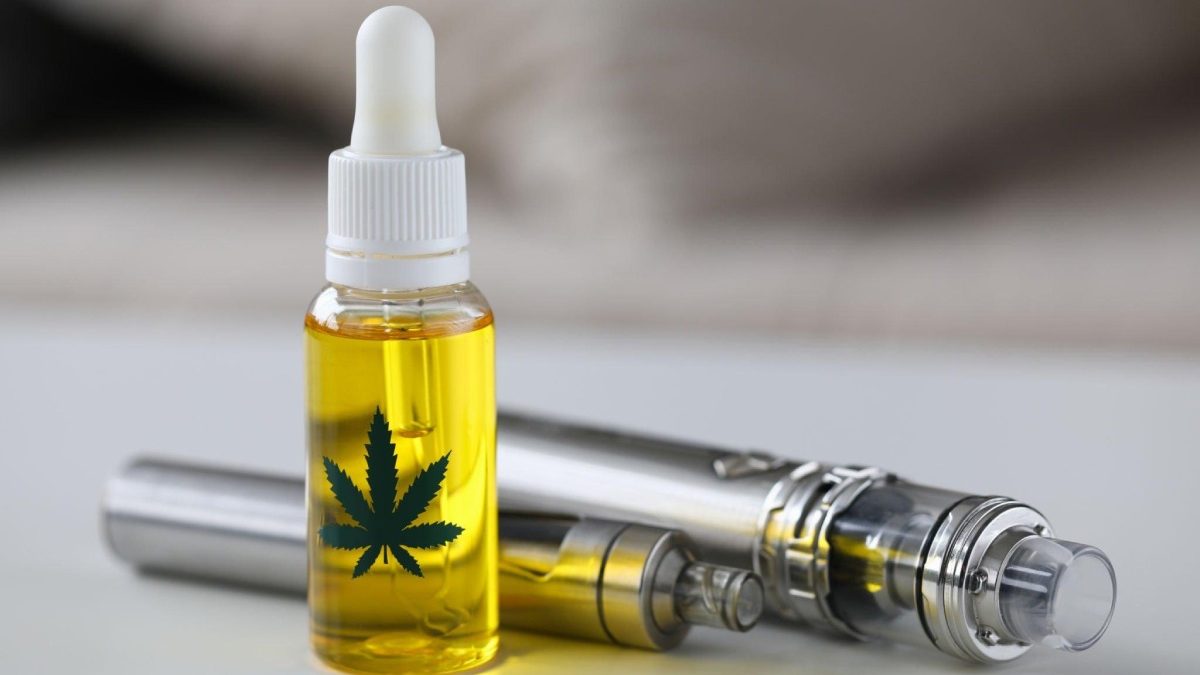Is It Safe To Vape THC – THC is frequently marketed as being safer to vape than to smoke. That is because THC in wax, oil, or herbs is heated, not burned, by vaporizers. However, the prevailing consensus is that vaping THC is safer than vaping nicotine products or smoking cigarettes.
We are all aware of the risks smoking cigarettes poses to our health, but vaporizers are a more recent invention. Pre-rolls have your faith, but you’re not so sure about vapes. We’ll explain whether vaping a THC cartridge is safe or not for you so you can make a more informed choice if you’ve ever thought about it.
Table of Contents
Is vaping THC safe?
Some users prefer to vape THC over other cannabis compounds for various reasons. For example, it gives a regular dosage, is simpler to administer, is more affordable, and has a significantly milder fragrance. Tetrahydrocannabinol, referred to as THC, is the substance in cannabis that causes intoxication. According to research, inhaling THC oil, flower, or wax using a vaporizer is popular among vapers. It may provide temporary relaxing effects, but at the same time, it may raise your risk of unpleasant side effects.
According to many specialists, there are many advantages to consuming THC. But there is still disagreement over the potential health effects of smoking as a mode of ingestion. Anyone with COPD, or chronic obstructive lung illness, may find this to be of much more concern. As a result, some people may view vaping as a safer behavior. Although the benefits of vaping over traditional smoking are still up for debate, even if it is a healthier option, that doesn’t necessarily mean that vaping is safe.
You inhale aerosols created by a battery-powered heating coil when using an e-cigarette or vape pen. You should also remember that you will inhale everything that goes into a vape cartridge. As a result, all the additional chemicals, such as those that give food its flavor, would be inhaled by you, which might be pretty hazardous. Additionally, because of a lack of industry regulation, you can acquire goods that include dangerous elements like ammonia, heavy metals, and other microscopic particulates. To complicate things, you can flood your lungs with lethal toxins without even realizing it because you never know what’s in a pod or a cartridge.
Another aspect to consider is that vaping cannabis frequently yields higher THC concentrations, which may have a negative connotation. In addition, recent CDC studies suggest that vaping THC may be more harmful to your health.
More on THC vaping
The CDC resolved e-cigarette or vaping product use-associated lung damage (EVALI) in February 2020. THC vaping therefore got investigated for its connection to many reported respiratory diseases. In September 2019, the inquiry got underway after many hospitalizations were linked to a specific vape product. However, the situation is currently under watch.
Although various variables exist, the CDC linked almost 2,800 of these instances to vaping. For one thing, we discovered that many of the things the patients in this inquiry consumed were from dubious sources. More investigation will be required if more substances connect to the EVALI outbreak. Additionally, the market presence of vapes and e-cigarettes has not been long enough to assess their long-term health impacts.
Until there are strict restrictions, experts in the cannabis sector cannot certify vape products. Until then, there are many other THC consumption options to test, such as edibles, if you are worried about the potential health concerns of vaping.

How Does THC Vaping Work?
Essentially, the question “What specifically is being vaped?” answers what vaping does. Many flavored vaping items include diacetyl, an organic chemical. This substance is often safe in small dosages and remains in various foods and beverages. But it can lead to many issues when heated and inhaled. One of these issues is “popcorn lung,” also known as bronchiolitis obliterans, which remains characterized by scarring of the lungs’ tiny air sacs, which causes the airways to thicken and shrink.
There may be hundreds of compounds in vaping products, especially flavored ones. In addition to propylene glycol and glycerin, which, along with many other polycyclic hydrocarbons, are connected to the development of malignancies and lung and cardiovascular problems, some items contain traces of heavy metals from inexpensive heating coils. Learning which substances have what effects when vaporized is essential but complex because there are few long-term studies on the risks of vaporizing.
Cannabinoid-based oil cartridges share many, but not all, of the issues with nicotine-based cartridges and “e-cigarettes,” as well. One method of avoiding the problems related to vaping cannabis oils is using a high-quality vape to vaporize a well-made extract or cannabis flower. Another problem is that certain cannabinoid-based vape oils contain synthetic cannabinoids, which are not always as well tolerated as their naturally-occurring equivalents and should get avoided if possible.

What Is the Safest Method for Vaping THC?
Since vitamin E acetate was identified as the primary cause of the EVALI outbreak, product components may hold the secret to safe vaping. But, according to the CDC, THC may have also played a part.
Many medical cannabis experts advise people who want to vape to utilize complete cannabis flower. They also caution against using cannabis oil and tiny pen-shaped vaporizers that have taken up.
Like anything else, investing in high-quality goods is always a good idea. Unfortunately, vaporizers may not now come as a safe way to consume cannabis, but with the proper legislation and enough research, they may someday occupy that position.
Conclusion
THC vapes might be advantageous if you already vape THC occasionally or if you vape once in a while since they might offer you further advantages. However, the EVALI outbreak and research indicate that daily THC vaping is risky and might even be more harmful than nicotine products or smoking cigarettes.
Ingredients in THC vapes, such as vitamin E acetate, flavorings, and other chemicals, may be partially to blame for this. However, edibles, sublingual medications, and suppositories are among the safer marijuana consumption methods.


